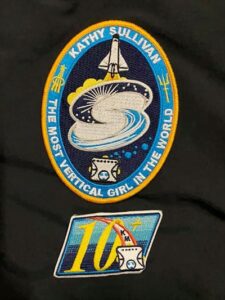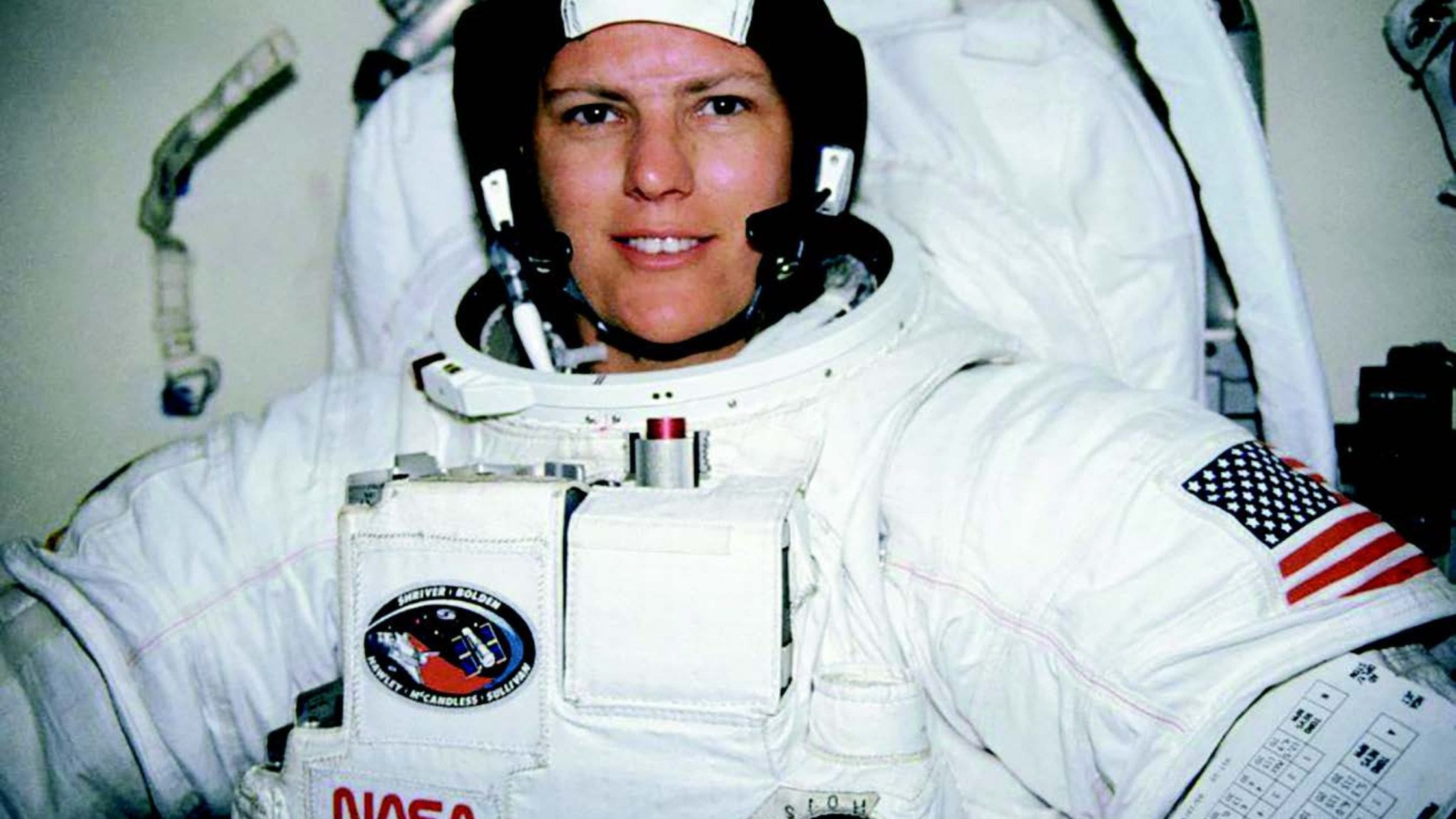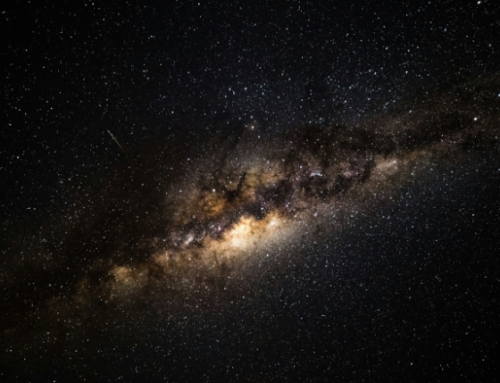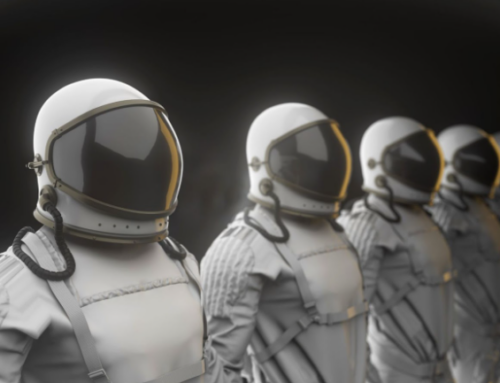In a space sector built of contributions from countless ideological pioneers, thought leaders, and courageous explorers, Kathy Sullivan stands as one of the industry’s most storied and impactful veterans. Sullivan most notably became the first American woman to walk in space during one of several shuttle missions, using this experience to become a lasting leader, educator, and role model for aspiring astronauts worldwide.
Born in Patterson, New Jersey, in 1951, Sullivan perhaps laid her professional roots through the observation of her father, an aerospace professional. Her education and professional training culminated in her acceptance to the University of California, Santa Cruz (UCSC), where she developed an affinity for oceanography, topology, and biology. Sullivan eventually earned a doctorate degree in geology and oceanography from Dalhousie University and the Bedford Institute of Oceanography.
From here, Sullivan became aware of a call from NASA for new astronaut applicants – particularly aspiring female astronauts. NASA invited her to a subsequent series of interviews and physical examinations; she was the only female applicant in her division of 25 finalists. Ultimately, NASA accepted Sullivan into its eighth astronaut group, and though this cohort became commonly known as the “Thirty-Five New Guys,” it was the first astronaut group to include female members. Sullivan worked alongside Sally Ride, Rhea Seddon, Judith Resnik, Anna Fisher, and Shannon Lucid – women who would help forge a more inclusive future for both NASA and the space sector at large.
Sullivan went on to make history in 1984 as a member of STS-41-G, the 13th flight of NASA’s burgeoning Space Shuttle Program. Aboard the space shuttle Challenger, Sullivan and Ride completed the first team to include two American women, with Sullivan becoming the first American woman to walk in space while aiding with orbital refueling. These three-hour efforts helped demonstrate the efficacy and feasibility of orbital satellite refueling – a valuable insight for space infrastructure at the time. Sullivan later joined two other noteworthy space shuttle missions: STS-31 aboard the Discovery (1990) and STS-45 aboard the Atlantis (1992).
Beyond her space achievements, Sullivan has contributed to significant activity and educational advancement in geology and oceanography. She has led numerous missions and initiatives related to both fields – most recently, and perhaps most notably, a 2020 journey to Challenger Deep, the world’s deepest oceanic region. This feat made Sullivan the first woman to reach Challenger Deep, underscoring her influence as a trailblazing innovator in our most enigmatic, vast exploratory regions. Sullivan’s expertise has also seen use in a military context; she served with the US Naval Reserve (USNR) as an oceanographer and naval officer from 1988 to 2006, earning the rank of Captain.
(On a personal aside, when I myself dove to the depths of Challenger Deep, I shortly thereafter received a gift from Kathy. It was a mission patch, one of the rarest that can be earned. It simply has the title 10KM+ with a picture of the Limiting Factor sub, commemorating those who have dove deeper than 10,000 meters (see picture below). I am not sure how many of those patches Kathy has given out over the years, but I believe the total number of humans who have dove to that depth is less than 30.)

Photo credit: Collect Space
Kathy Sullivan’s immense impact on the space industry goes without saying; it continues to demonstrate the sector’s capacity for not only practical, research-driven breakthroughs – but also its commitment to equity and forward-thinking, which remains a cornerstone of its rapidly growing success.
Header photo credit: KathySullivianAstronaut.com






